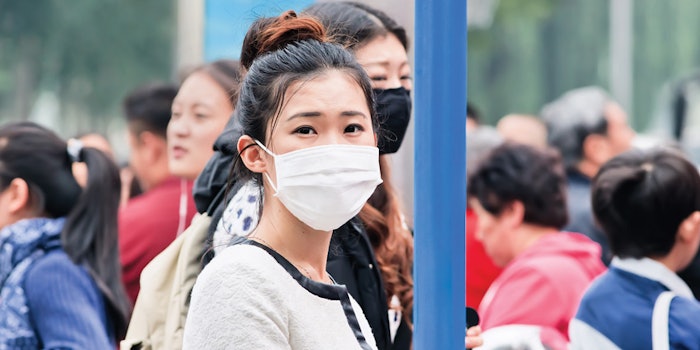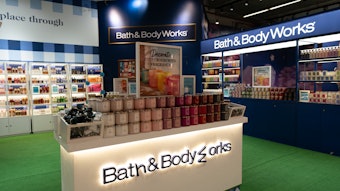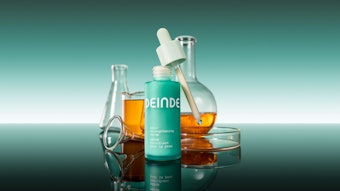
When I rang in 2020 about six weeks ago (as of this writing), I didn’t know what a coronavirus was. Likely many of you reading this column were in a similar position. Now known as COVID-19, this acute illness has become the only story that can compete with the run-up to the 2020 U.S. presidential election.
Aside from creating new levels of theatrical public paranoia far from the infection epicenter, the disease is having a real impact on supply chains and consumer spending in Asia. While the infection rate appears to be slowing, no one can say for certain what the final impact will be. I bring this up not only because this will have serious repercussions for the beauty industry but because the sudden rise of COVID-19 has once again shown that we simply cannot plan for every eventuality.
This was one of the key themes of this year’s CEW beauty industry economic and trends briefing (look to our April 2020 issue for the full report), which revealed that 2018-2019 U.S. prestige beauty sales were flat, per NPD dataa. Notably, e-commerce sales grew, though direct-to-consumer brands overall did not. In addition, five of the top-performing brands last year were direct-to-consumer, of which three were in the prestige space.
But the real question was: when is makeup going to stage a comeback? The unsatisfying answer is: be prepared for a bumpy ride through at least 2022. In addition, the industry will need to prepare for a correction in the skin care market.
That said, the CEW briefing unveiled significant opportunities in wellness, feel-good brands and ethical/sustainable products—as well as less polished experiences, as seen in the migration of influence from Instagram to TikTok.
Aside from category dynamics, the real lesson of 2020 so far has been that anything can happen.
Jeb Gleason-Allured
Editor in Chief
Footnote:
awww.npd.com











